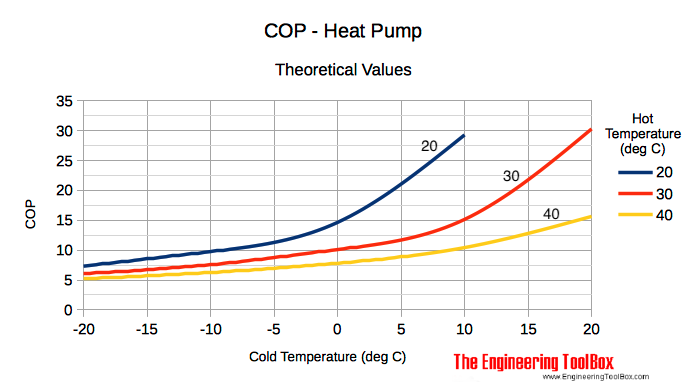Use “panels” to describe each type of panel you use. Here’s an example of a solar pv “panel” description:
"panel": {
"panel": "AIKO 455W",
"width_m": 1.134,
"height_m": 1.722,
"cost": {
"per_panel_gbp": 0.0,
"maintenance_per_panel_pa_gbp": 5.00
},
"efficiency": {
"spec":
"percent": 23.1,
"loss_percent_pa": 0.3,
"loss_percent_per_celsius": 0.29,
"temperature_reference_celsius": 25
},
"power_max_w": 455.0,
"lifetime_years": 25, "thermal_inertia_m2_second_per_w_celsius": 1000
},If more than one panel type is used, describe each type within a “panels” array using the format example below:
"panels": [
{
"panel": "AIKO 455W",
"#": "AIK-A-MAH54-445-AB Gen 2 All Black",
"cost": {
"gbp" : 100.0,
"gbp_per_year" : 1.0
},
"width_m": 1.134,
"height_m": 1.722,
"power_max_w": 455.0,
"lifetime_years": 25,
"thermal_inertia_m2_second_per_w_celsius": 1000,
"efficiency": {
"percent": 23.1,
"loss_percent_per_year": 0.3,
"loss_percent_per_celsius": 0.29,
"temperature_reference_celsius": 25
}
},
{
"panel": "AIKO 470W",
"#": "Aiko Neostar 3S+ 470W N-Type ABC, Gen 3, 54 Cell, All Black",
"cost": {
"gbp" : 110.0,
"gbp_per_year" : 1.0
},
"width_m": 1.134,
"height_m": 1.722,
"power_max_w": 470.0,
"lifetime_years": 25,
"thermal_inertia_m2_second_per_w_celsius": 1000,
"efficiency": {
"percent": 24.3,
"loss_percent_per_year": 0.3,
"loss_percent_per_celsius": 0.29,
"temperature_reference_celsius": 25
}
}
],Within each collector, reference the relevant type using “panel” and the number of panels “panels_number” inside each collector description in “collectors”, for example:
"collectors": {
"collector A": {
. . .
"panel": "AIKO 455W",
"panels_number": 16,
. . .
},
"collector B": {
. . .
"panel": "AIKO 470W",
"panels_number": 12,
. . .
},
"collector C": {
. . .
"panel": "AIKO 470W",
"panels_number": 8,
. . .
}
},“gbp” and “gbp_per_year” specifies initial and ongoing per unit costs. These are multiplied by “panels_number” and summed.
A collector can specify only a single type of panel. Create another collector if you want to include an additional panel type.
